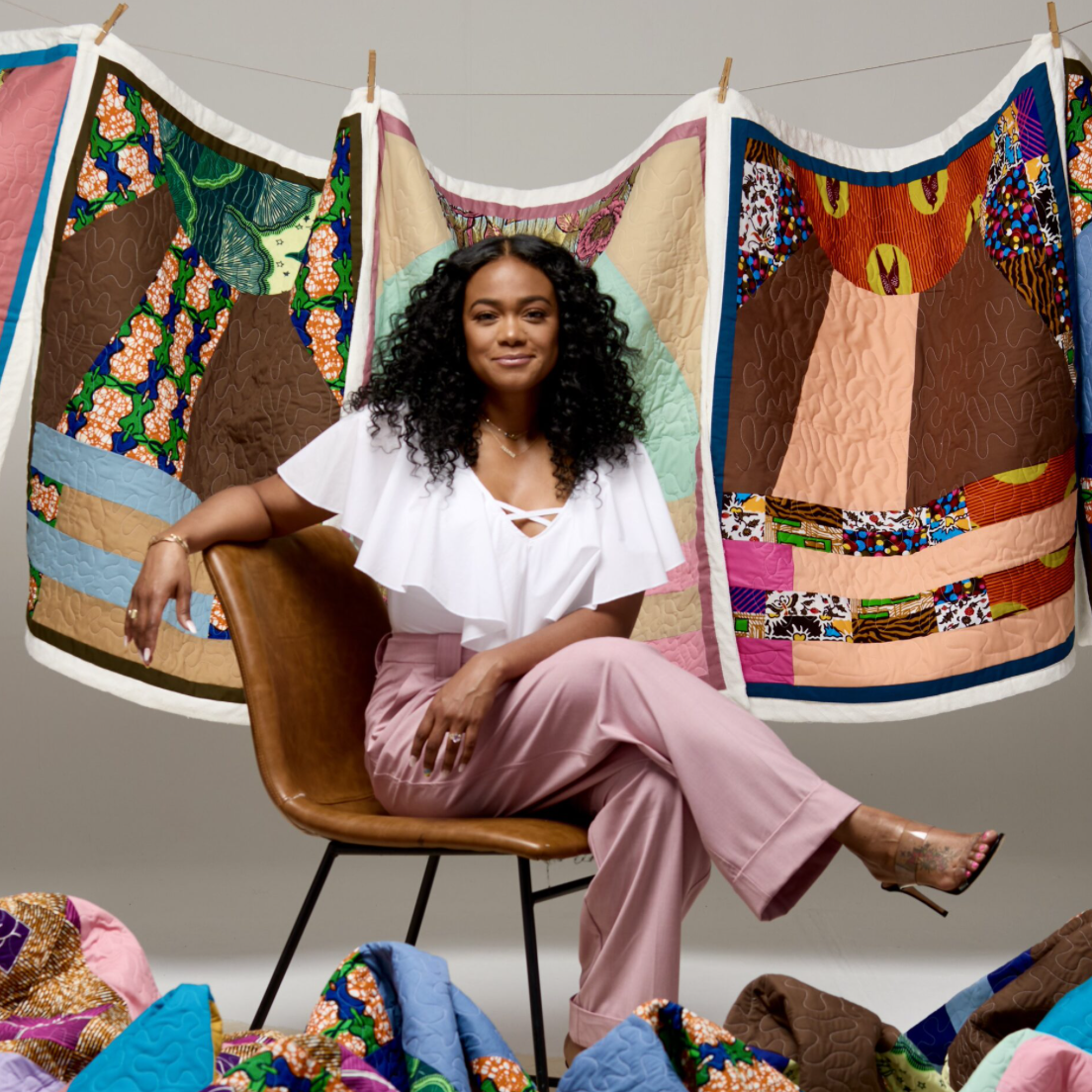The shift to remote learning during the pandemic caused angst for parents, but it also led to unexpected benefits that they may find hard to let go of as their children return to school.
While pandemic-era schooling has been difficult, parents’ have come to appreciate the unexpected benefits of distance learning, says Emily Greene, the author of School, Disrupted: Rediscovering the Joy of Learning in a Pandemic-Stricken World.
Some benefits are so positive, she says, that parents are reluctant to slide back into the pre-pandemic status quo of in-person schooling without making some improvements.
“The dialogue has shifted as parents and students reflect on the last year and think carefully about what they hope to carry forward to improve the school experience,” Greene says.
Greene, herself a working mother of three children, says the pandemic jostled parents into thinking differently about “traditional schooling.” “Distance learning in a pandemic has changed our expectations,” Greene says, “and parents want to apply what we’ve collectively learned to help our children thrive as they return to school.”
Here are five benefits that Greene says parents hope to carry forward:
More Free Time
Before the pandemic, many families’ lives were overscheduled, Greene says. The lockdown helped families reconnect with the joys of free time, playtime, and downtime. This took the stress off children overwhelmed with homework, extracurriculars, and overly structured schedules and opened the door for natural curiosity to flourish. Scientists say free time is essential to the developing brain and is tied to curiosity, creativity, and imagination. “Looking back on the past year, many parents notice an increase in their children’s natural curiosity, creative expression, and imaginative thinking,” Greene says. “By pushing through the boredom that can come with free time, children learn to use their imaginations, think inventively, solve their problems, and express themselves.”
More Time Outside
During lockdowns, people suffering from cabin fever longed to leave their houses, but indoor public places were problematic. So, families connected with the outdoors in new ways, such as walking, biking, or simply eating lunch outside. “Parents do not want their children to lose their newfound levels of outdoor activity. They understand now that one short recess per day is not enough,” Greene says. Before the pandemic, she notes, many children spent less time outdoors than prison inmates. One survey of 12,000 parents in 10 countries found that half of children ages 5 to 12 were outside less than an hour each day. In comparison, inmates at U.S. maximum-security prisons are guaranteed at least two hours of daily outside time.
Less Standardization, & More Personalization
A traditional in-person classroom follows a standardized schedule, leaving little room for independent work or passion projects. However, distance learning offered gaps in the day for children to explore their passions and interests. Many parents saw their children expressing new interests, exploring and deepening existing hobbies, and making and building things. “Between the middle of March and the middle of April 2020, Google searches for ‘How to make’ doubled, as did searches for ‘DIY,’ “Greene says. “In a world that abruptly became more virtual than we were accustomed to, children wanted to be hands-on in new ways.”
More Connection With What Their Children Are Learning.
With students working remotely, parents were privy to an up-close view of what their children are learning. “While at first many parents felt overwhelmed with supervising distance learning, they eventually came to value this connection,” Greene says. “Now, many parents have a deeper level of engagement that they do not want to lose.” In some cases, she adds, parents were impressed with what their children were learning. In other cases, parents were surprised to discover the details of their children’s school experience and began asking questions they never asked before, like “Is this relevant?” Or “How is this helping my child?” She predicts this new level of parent engagement will trigger long-overdue updates to the standardized curriculum, as well as more options for children.
An Increased Focus on Balance & Wellbeing.
Because of the disruption the pandemic caused, Greene says, children have been “wrung through the wringer,” with social, emotional, and mental impact. “Parents want balance and wellbeing at the forefront,” she says. “That means less menial homework, less time wasted on irrelevant standardized tests, and more focus on curiosity, creativity, and joy in the classroom.” For many parents, this means holding onto distance learning as an option and giving students the flexibility to attend in-person or distance learning to support wellbeing. “Now, as children are returning to school, we don’t want to be forced to choose between in-person learning or distance learning,” Greene says. “Both should be options. Learning should be blended.”
“When society lives through a disruption, it rarely returns to the way it was before,” Greene says. “The next few years will be an inspiring time in education as parents, students, and teachers begin to apply what we’ve learned.”
Emily Greene is the author of School, Disrupted: Rediscovering the Joy of Learning in a Pandemic-Stricken World in which she shares her experience educating her children inside and outside of traditional schools. She inspires parents to think differently about the future of the school, offering practical strategies to help bring back balance and optimism as we reimagine a better way to learn—in the pandemic and beyond. She developed the Kiddovate program, working with hundreds of teachers and students to ignite curiosity and creativity in the classroom. She also is cofounder of VIVA Creative, where she and her team create live and digital events. In 2020, she received an Ernst & Young Entrepreneur Of The Year® award recognizing innovation during the pandemic. (www.emilygreene.com)







































